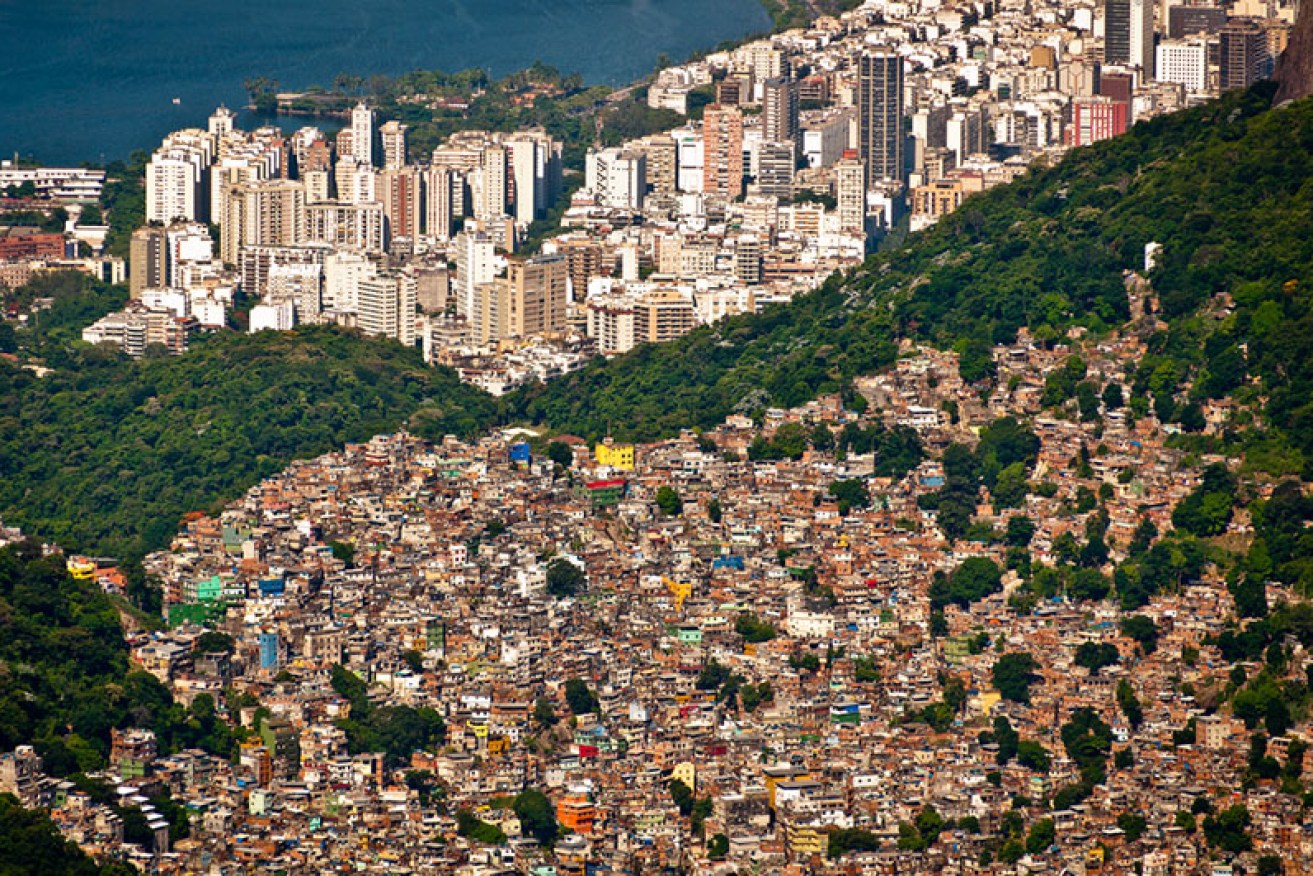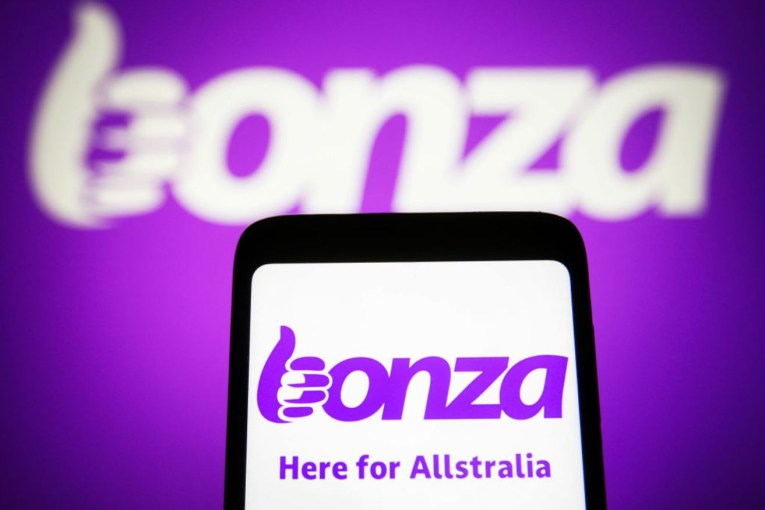UN warns of growing inequality


Shutterstock
Australia remains one of the best places to live in the developed world, according to an otherwise dispiriting report on global employment and equality released today by UN body the International Labour Organisation (ILO).
The report paints a grim picture of growing unemployment, a widening gap between rich and poor, and more social unrest around the world over the next five years, with little hope of improvement.
• Is the global economy in trouble?
• Jobs surprise a relief for government
Only four developed countries attracted unambiguously positive comments: the United States, Canada, New Zealand and Australia.
Of Australia, the report said: “Australian output is increasingly driven by internal demand, offsetting the decline in the extractives sector, which has been affected by falling commodity prices; it is projected to increase by nearly 3 per cent in 2015.”
It predicts that Australia’s current unemployment level has peaked at its current level of just over 6 per cent, and will slowly decline from here until 2019.
New Zealand’s outlook, meanwhile, looked better than Australia’s. With a growth level of 3.6 per cent in 2014, it is “the fastest-growing economy among developed countries.”
Worldwide, the report predicted that unemployment would rise by 11 million in the next five years due to slower growth and turbulence. More than 212 million people will be jobless by 2019 against the current level of 201 million, it said.
“The global economy is continuing to grow at tepid rates and that has clear consequences,” ILO head Guy Ryder told reporters in Geneva.
“The global jobs gap due to the crisis stands at 61 million jobs worldwide,” he said, referring to the number of jobs lost since the start of the global financial crisis in 2008. An extra 280 million jobs would have to be created by 2019 to close the gap created by the financial turmoil.
“This means the jobs crisis is far from over and there is no place for complacency,” Ryder said.
The report said eurozone powerhouse Germany could see unemployment rise to five per cent in 2017 against 4.7 per cent at present, while it was expected to fall just under the double-digit in number two eurozone economy France.
The worst-hit segment globally were those aged between 15 and 24, with the youth unemployment rate touching 13 per cent in 2014, almost three times the rate for adults.
The UN agency said the steep fall in oil and gas prices would hit the labour market hard in producing countries in Latin America, Africa and the Arab world.
But one of the rare bits of good news was that the middle class comprised more than 34 per cent of total employment in developing countries from 20 per cent in the 1990s, Ryder said.
However extreme poverty continues to affect one out of 10 workers globally who earn less than $US1.50 ($A1.62) a day, he added.
A widening chasm between the haves and have nots and an uncertain investment climate have made it difficult for countries to rebound from the crisis, the report said.
Cutting wages has been a key element in the international bailouts of eurozone members.
But there are concerns that exceptionally low price rises in the 18 countries sharing the euro could augur a long period of slow growth and falling prosperity.
“If low wages lead people to consume less, and investment remains subdued, this obviously has a negative impact on growth,” Ryder said.
“Income inequality in some advanced economies now approach levels observed among emerging economies.”
– with AAP.








